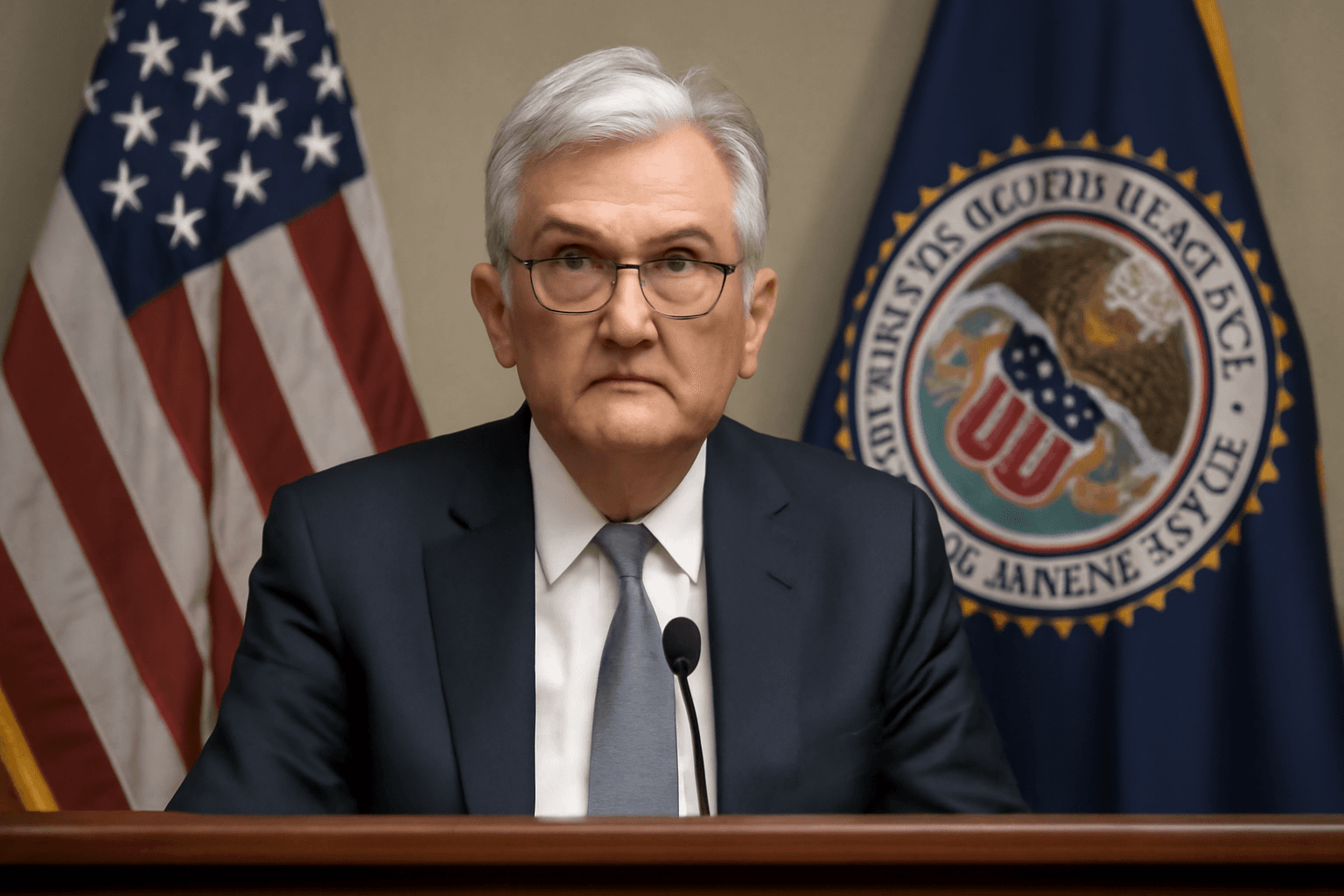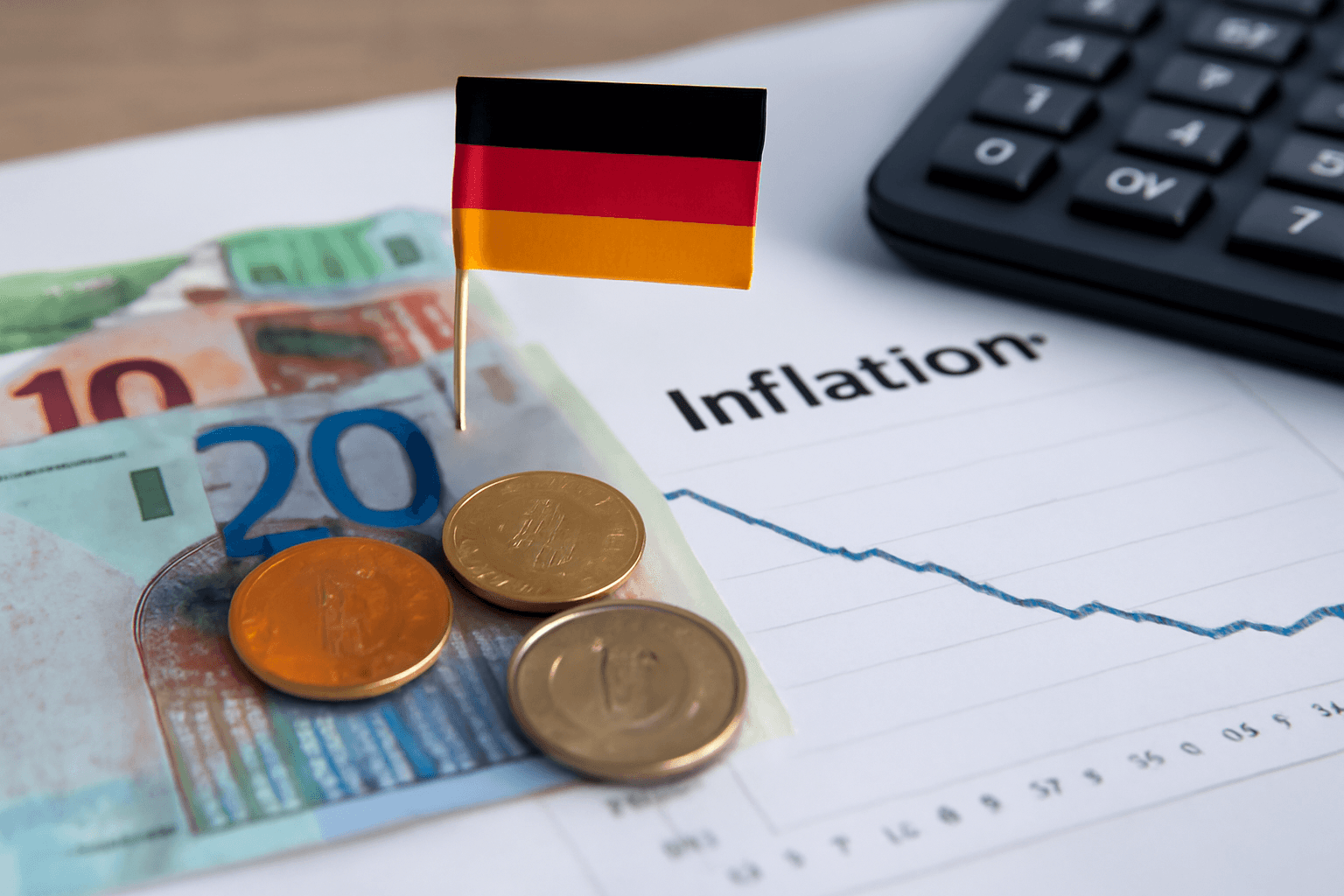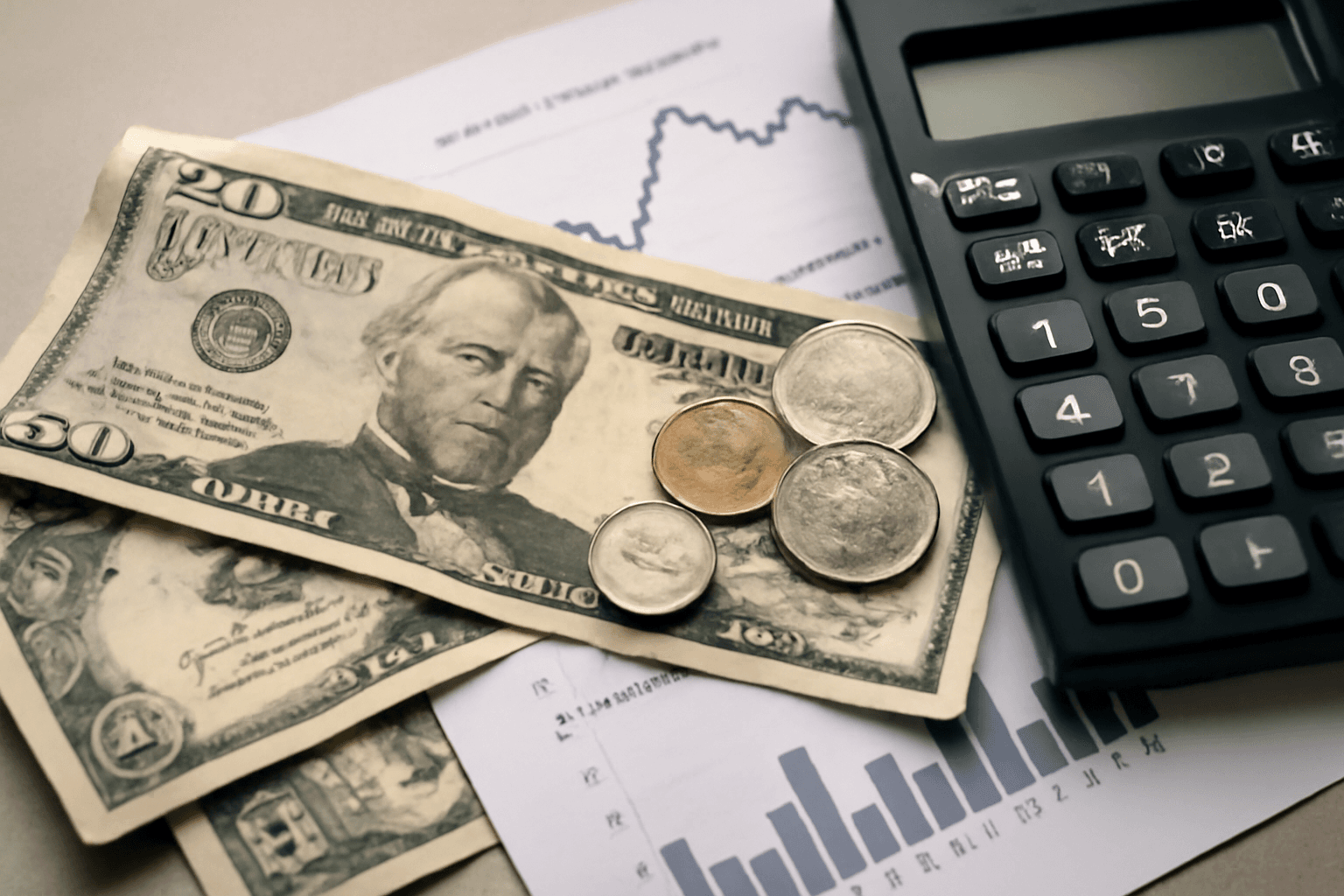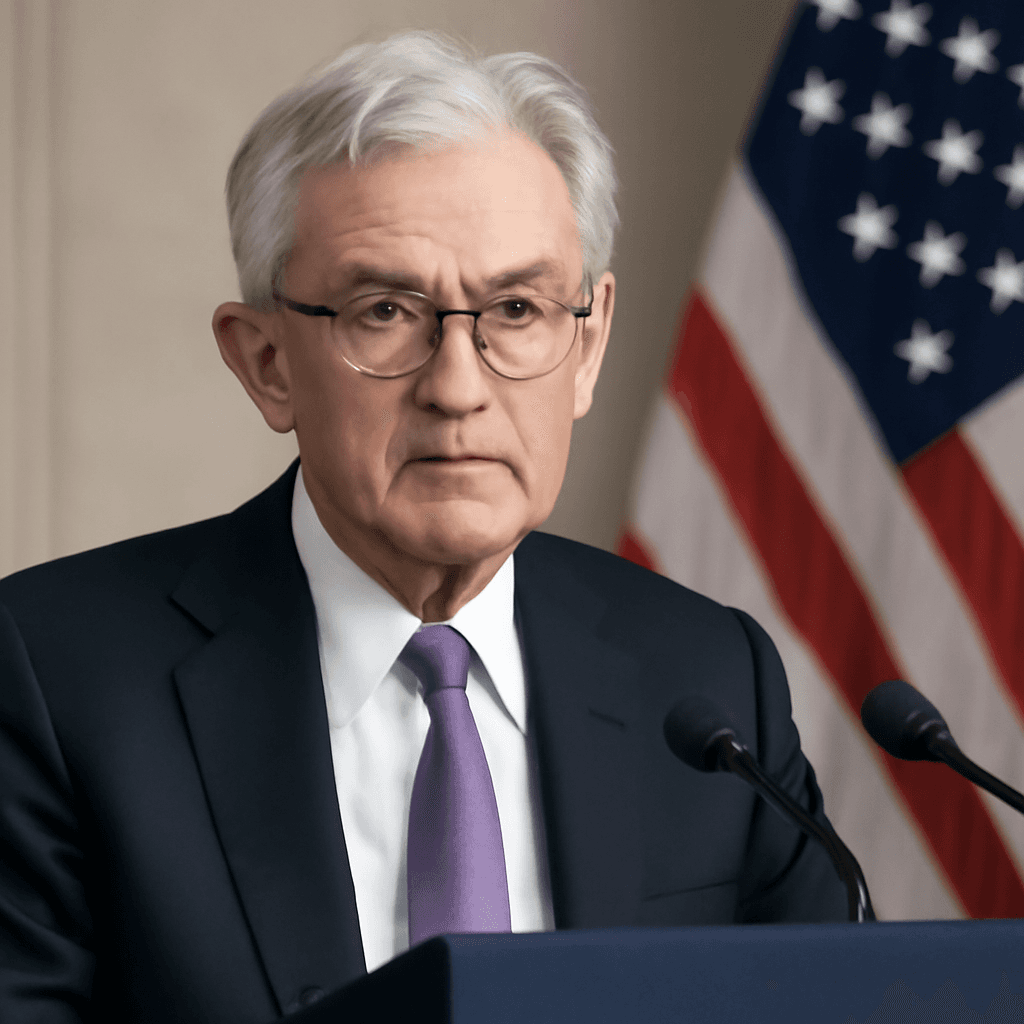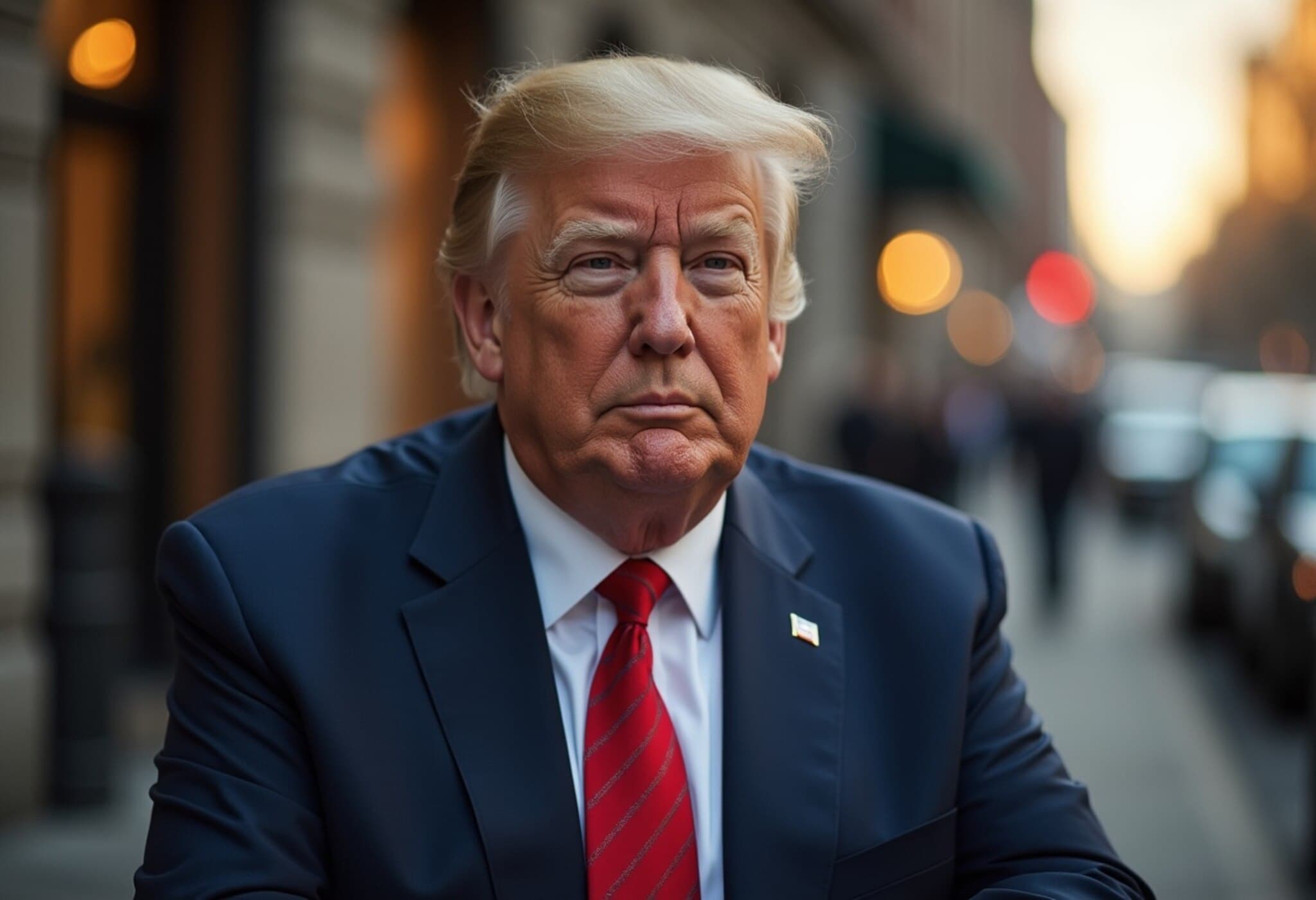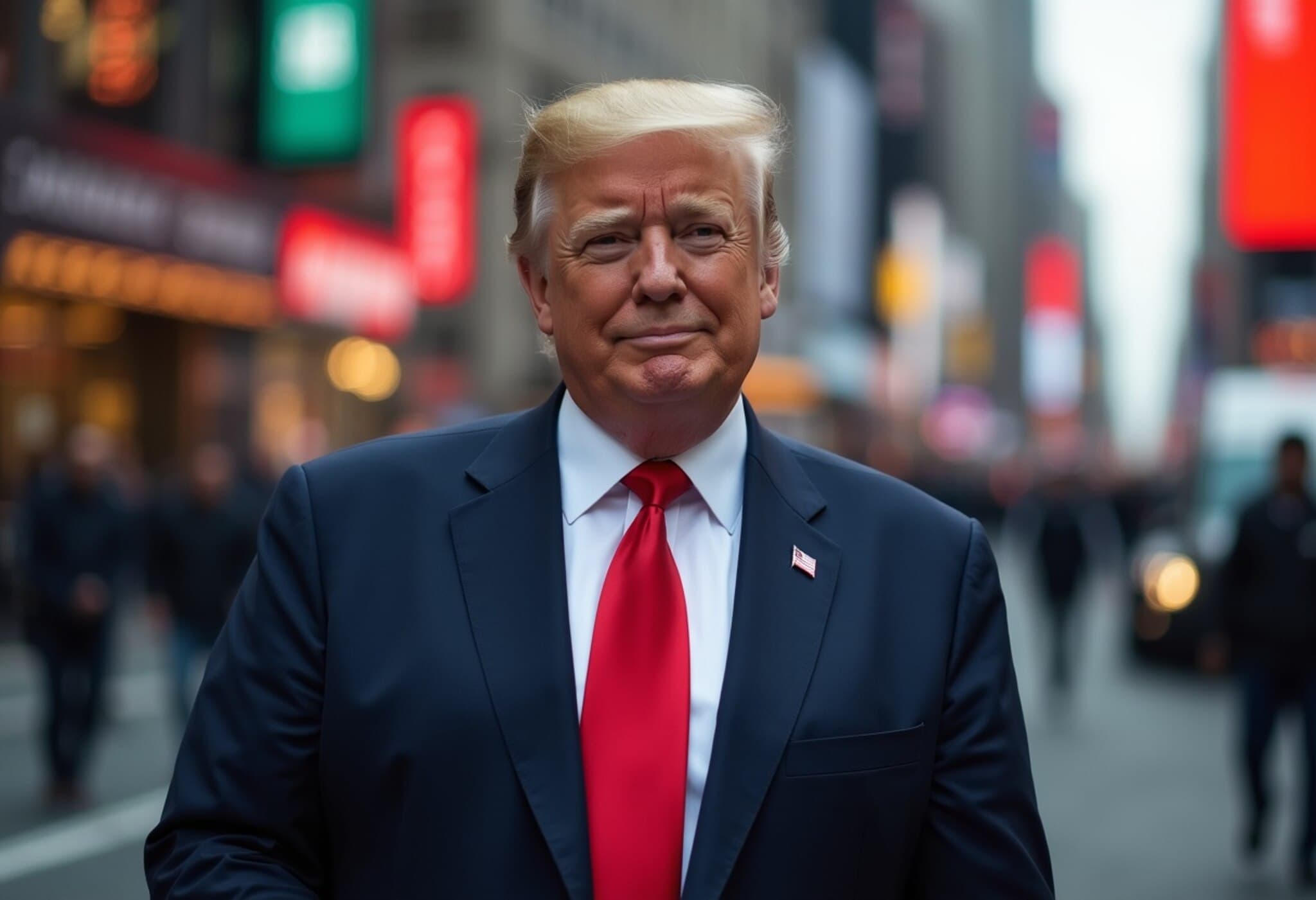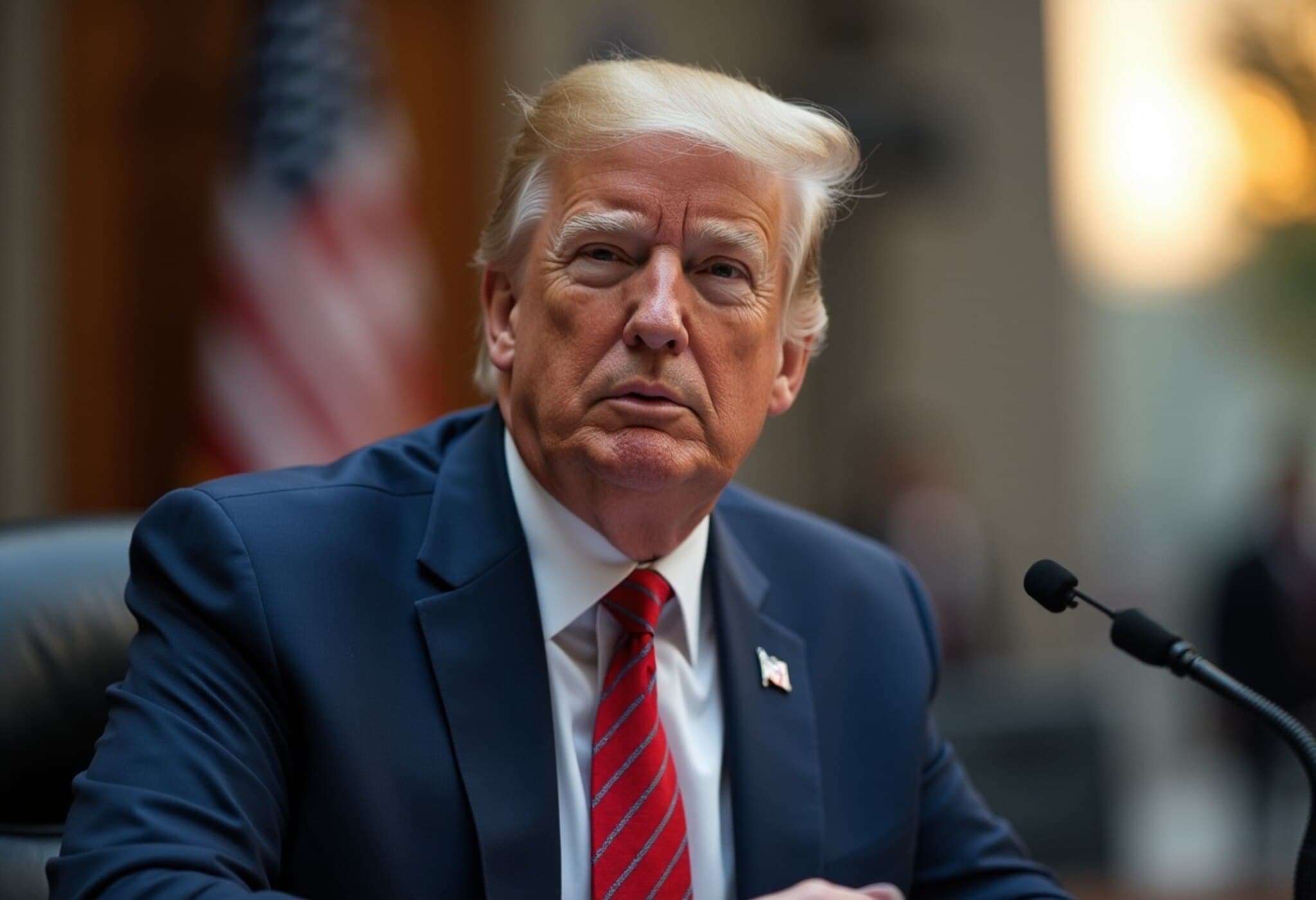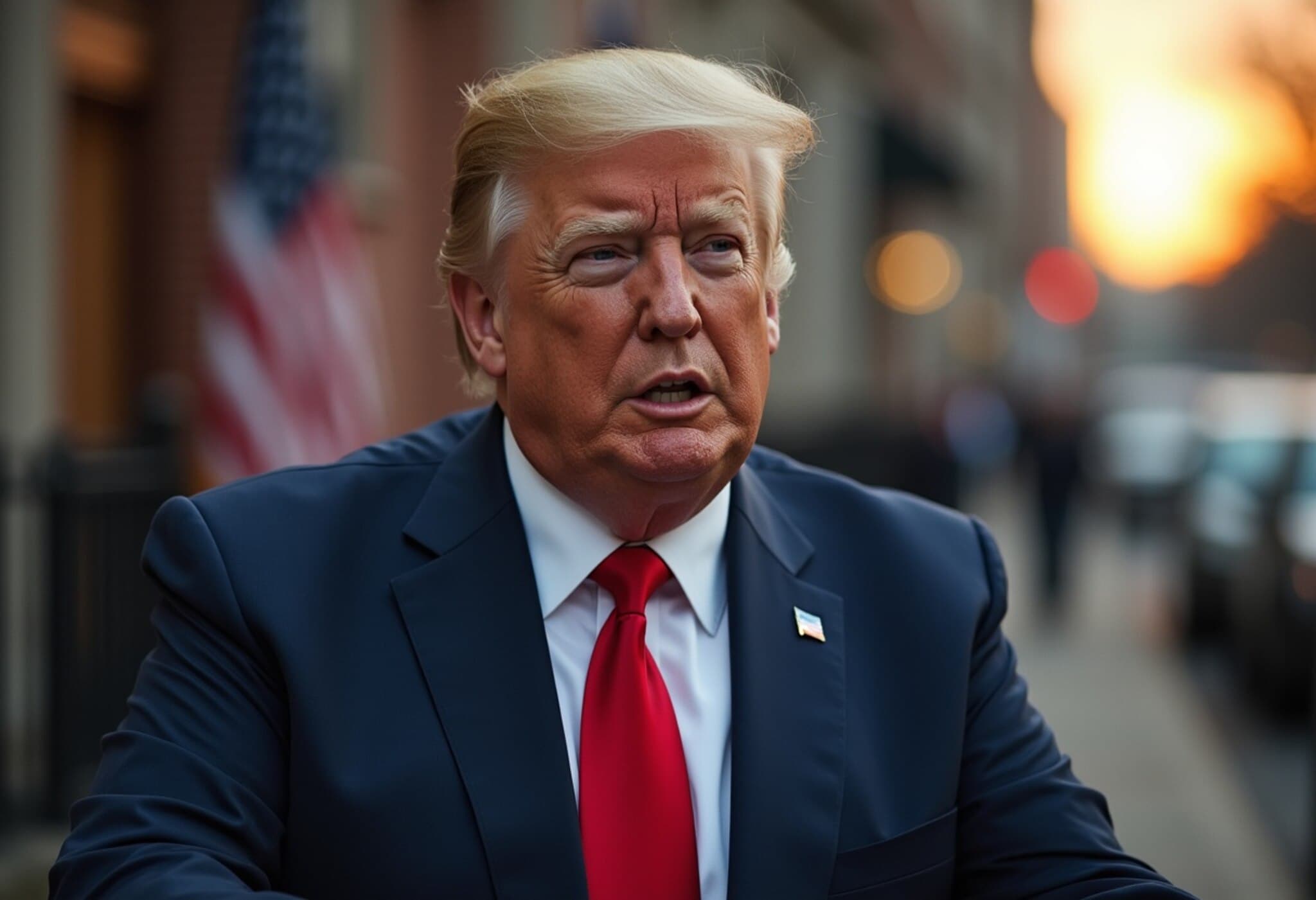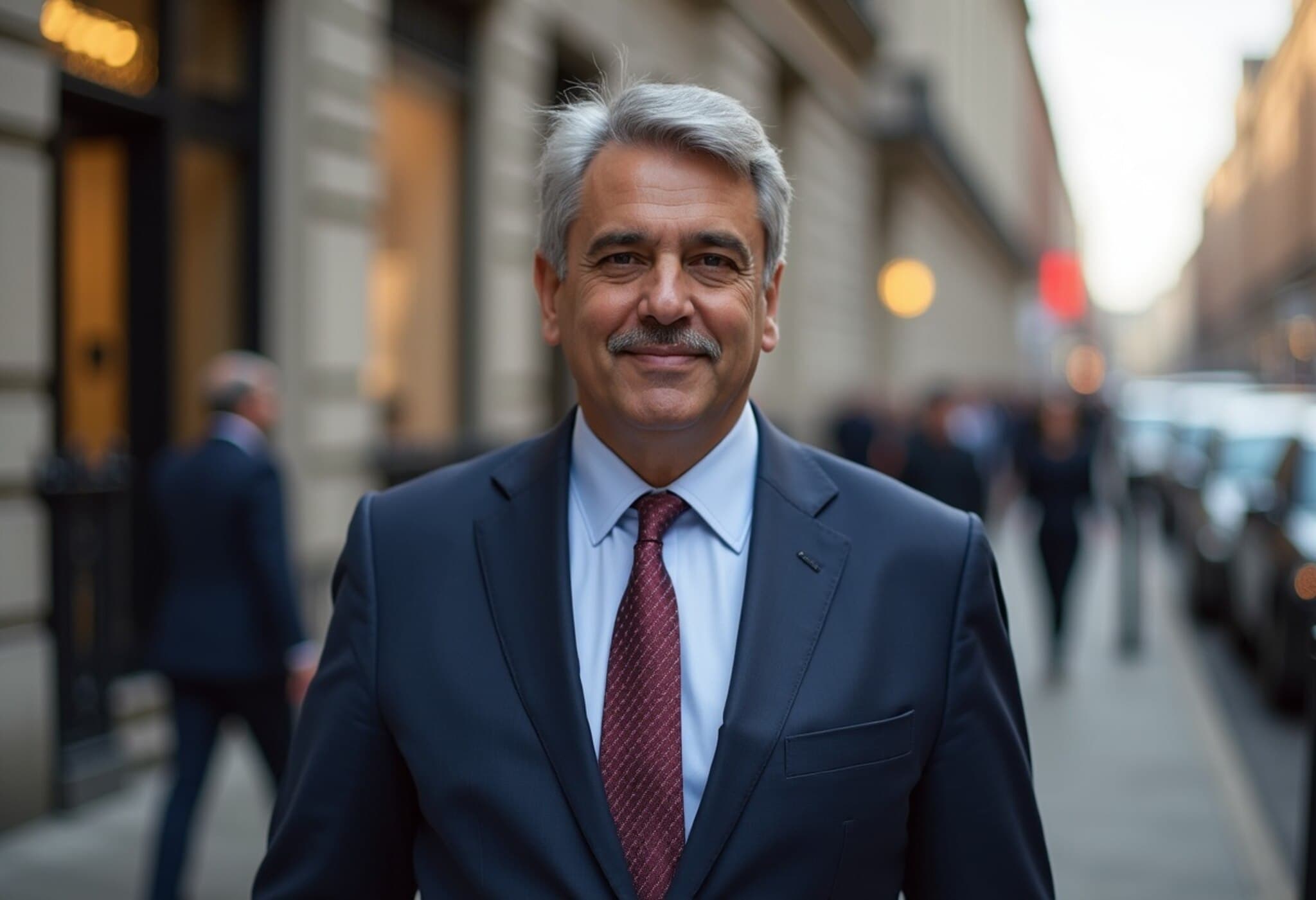Inflation Expectations Cool Off as Tariff-Driven Concerns Fade
Earlier this year, mounting anxiety surrounded the possibility of sharply rising inflation, fueled largely by President Donald Trump’s imposition of tariffs and ongoing trade tensions. However, the latest data from the New York Federal Reserve’s Survey of Consumer Expectations reveals a significant easing of these concerns.
Inflation Outlook Stabilizes at 3%
According to the Fed’s June survey, consumers anticipate an annual inflation rate of 3% over the next year, mirroring the level seen in January — before the aggressive tariff measures began. This reflects a 0.2 percentage point decrease from May and marks a retreat from the 3.6% peak inflation expectations recorded in March and April.
Inflation expectations over longer horizons remain steady, with projections holding at 3% for three years and 2.6% over five years, indicators often used by policymakers and economists to gauge the persistence of inflationary pressures.
Context: From Tariff Fears to Negotiation Talks
At the height of tariff implementation, fears ran high that increased import costs would quickly filter into consumer prices, accelerating inflation beyond the Federal Reserve’s target. Yet the evolving trade landscape, as the administration moved from broad 10% tariffs towards more targeted and negotiated approaches with key trading partners, appears to have quashed immediate inflation surges.
Indeed, the Consumer Price Index (CPI), reported by the Bureau of Labor Statistics, shows an annual inflation rate of 2.4% in recent months—above the Fed’s 2% target but far from the sharp spikes many feared. This suggests that tariffs have had a limited and delayed impact on overall inflation so far.
Nuanced Consumer Price Concerns Persist
Despite the headline easing, the survey reveals that consumers remain wary about price hikes in certain critical areas:
- Gasoline prices are expected to climb by 4.2%, reflecting volatility in energy markets and geopolitical tensions.
- Medical care costs loom particularly large, with respondents forecasting a 9.3% increase—the highest since June 2023—highlighting ongoing concerns over healthcare affordability.
- Education and housing costs continue to pressure household budgets, with anticipated increases of 9.1% in both college tuition and rents.
- Food prices remain steady at an expected rise of 5.5%, a substantial burden for many families still recovering from pandemic-related supply disruptions.
Employment Expectations Show Signs of Reassurance
On the labor front, consumer confidence also saw subtle improvement. The percentage of respondents expecting higher unemployment a year from now dropped by 1.1 percentage points, while the average chance individuals assign to losing their jobs fell to 14%—the lowest level since December.
These shifts suggest growing optimism about economic stability despite ongoing inflation concerns, potentially influencing consumer spending and saving behaviors in the coming months.
Expert Insight: What's Next for Inflation and Policy?
From the perspective of economic analysts, the New York Fed survey underscores the complex interplay between trade policy, price stability, and consumer sentiment. Tariffs, while politically charged, appear to play a more nuanced role in inflation than once feared.
However, the high inflation expectations for healthcare, education, and housing point to structural challenges that don’t easily fade with trade policy adjustments. These sectors, central to many Americans’ livelihoods, face unique cost pressures that risk exacerbating inequality and straining household finances.
As the Federal Reserve navigates its monetary policy—balancing efforts to tame inflation without stifling growth—ongoing vigilance, transparent communication, and targeted support for vulnerable sectors will be critical.
Editor’s Note
The New York Fed’s survey offers a reassuring snapshot that tariff fears have not spiraled into uncontrolled inflation, yet the persistent concerns over essential goods and services remind us that inflation is not a monolith. Policymakers and consumers alike must grapple with a multifaceted economic reality—one where trade policies interact with broader systemic forces shaping American household budgets.
As inflation expectations stabilize, the key question remains: Will the Federal Reserve and government policymakers be able to sustainably manage price pressures, especially in healthcare, education, and housing, to safeguard economic security for all Americans?



